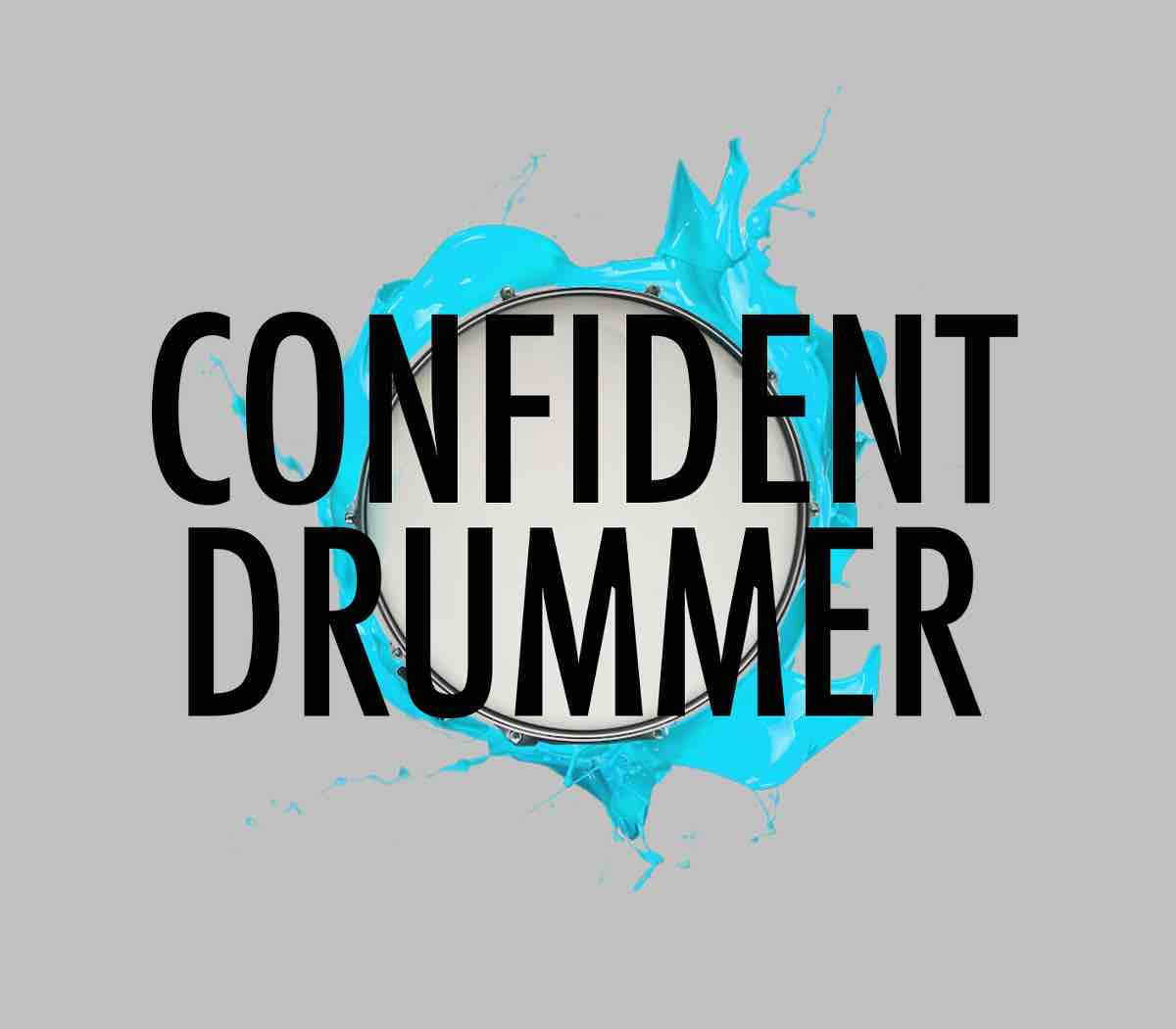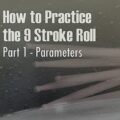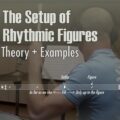Two of the things that make you want to listen to drummers are their fluency and spontaneity. A flow of notes seamlessly and effortlessly comes out of their hands and feet, and you are hypnotized.
If you are an experienced drummer one thing you probably noticed over the years is that sometimes even if you practice a lot there can be a tendency to be stiff and unnatural in spite of the many hours spent working out.
If that’s the case you are not alone: I still go through periods when I study lots of exercises, only to find myself kind of rigid, in spite of the noticeable increase in technique.
Of course that’s at least partly due to needing some time to digest the new information, but let me get to the point: the shortcut to fluent and flowing drumming is to dedicate lots of practice time to jamming and improvising.
The reason is that, from both a physical and conceptual point of view, practicing just exercises is the equivalent of reading words from a book, while improvising is like doing a presentation on the spot. We may have read tons of books and be very proficient in our language, and yet feel kind of hesitant and awkward, unless we have also practiced speaking spontaneously in the moment, without getting stuck in our head.
So, while improvisation is an essential part of the studies necessary to become better drummers, we also have to discover how to do it effectively. Some drummers think that jamming is just playing random notes with no meaning. While that can be fun and even useful for a little while, the real deal is studying improvisation within a musical context.
As we know playing with great musicians is the ideal way to learn most aspects of music. However a very effective second best option is to use recorded music.
In this specific case, since we want to focus on improvising freely, instead of entire songs we can play along to short pieces, so that we can have a musical input which is interesting enough that we respond to it, while at the same time things don’t get so complex that we have to think too much about parts, figures and song structures.
Loops are great in this sense: 4 or 8 bar clips, which we can put on repeat and jam along to for extended periods of time.
This is why I have put together a bunch of tracks for you to develop this skill and have lots of fun with.
Here you can download the PDF with all the links:
In the attempt to cover the most important areas of rhythmic skill, I have created 5 loops, one for each main subdivision: eighths, sixteenths, triplets, shuffle and half shuffle. They are 8 bars long, and feature a simple melody that starts over every few seconds.
I’ve used an amazing piece of software to create them, GarageBand. If you have never tried it I highly recommend you invest some time in learning how it works because it’s an incredibly powerful tool, and it’s free (if you use Windows or Linux you can do a quick research and find a free equivalent software).
You get a multitude of audio clips that you can combine to create any composition you like. You can experiment with different feels and lots of other great features, including the possibility to record yourself on as many tracks as you like. Eventually you will be able to write your own songs, and your musicianship will immensely benefit from the process.
In the downloads you are going to find 5 ready to use sessions with the loops. For those of you that don’t want to use GarageBand I have included Mp3s of each loop. Each file is a ten minute long audio that you can play along with, applying the ideas we are going to see in a minute.
However, while the Mp3s are at a specific Bpm, if you open the GarageBand sessions you can modify the loop, change its tempo, mix every instrument as you prefer and even record your performance. In fact each session includes a simple 4 track studio setup that you can connect to even the most basic hardware (even one overhead mic and one channel would do it) to find out how your improvisations really sound. Always remember the importance of recording yourself!
If you want you can access each folder directly from these links:
Now, let’s talk about the approaches to apply. Once we have the framework of the 8 bar phrase, we can do a few things with it:
– Only improvise grooves and beats.
– Only improvise soloing and playing licks.
– Alternating grooves and solos in a song structure, playing for instance 4 bars of a beat and 4 of a solo, cyclically. Main forms to try: 2+2, 4+4, 8+8.
– Experimenting with different approaches and directions: busy or sparse, soft or loud, building up, trying to tell a story in a musical way, using different subdivisions and orchestrations and so on.
As a general rule we are the most effective if we focus on one thing at the time. A good starting point would be to practice one loop for a week, spending five or ten minutes on each option. Of course you can take this as far as you like, and if you want to see incredible improvement you can try to improvise soloing or grooving for half an hour straight.
It’s surprising how many benefits we get from studying this way, besides a greater ability to improvise:
– Better understanding of each subdivision.
– Smoothness and fluency.
– More creativity.
– Better ear and ability to respond to what’s happening around us musically.
– Better timing and time feel.
– Sensation of being free and able to play anything.
– More confidence in our ability to come up with something great right off the cuff.
If you like you can check out a short clip in which I show the 4+4 approach for each example, in this YouTube video demo.
Additionally, if you haven’t already, in the below link you can download some odd time loops that you can practice in order to improve also in that area.
Related resources:
Play Along – Odd Time Drum Loops
‘In Session – How To Sound Great On Records’
‘Drum Chops Mastery – Gospel Chops & Beyond’
‘Groove Workout & Tools’ – Altitude Drumming – Volume 7




















